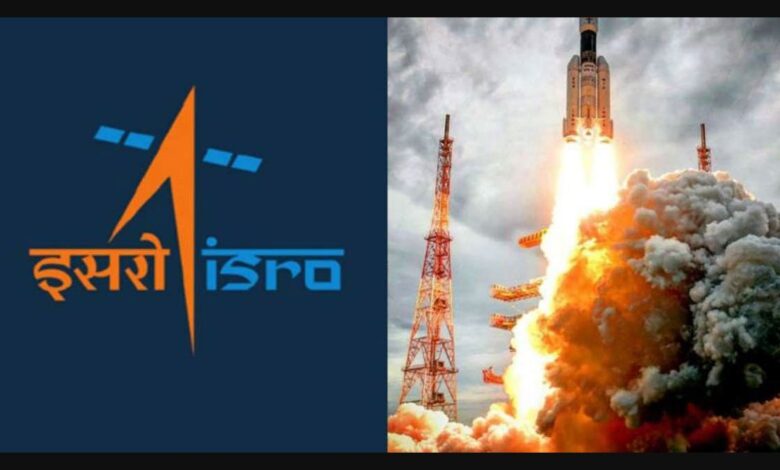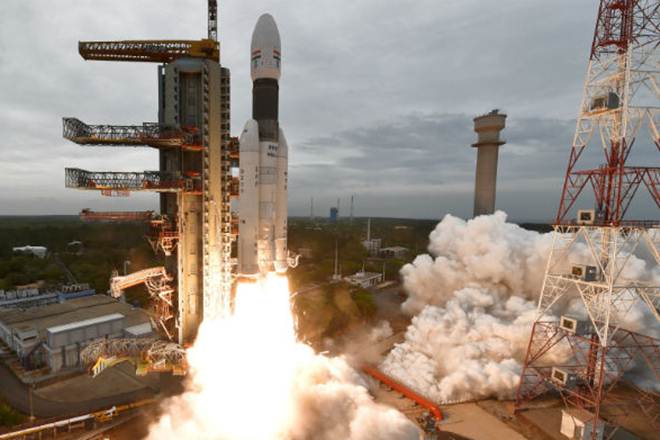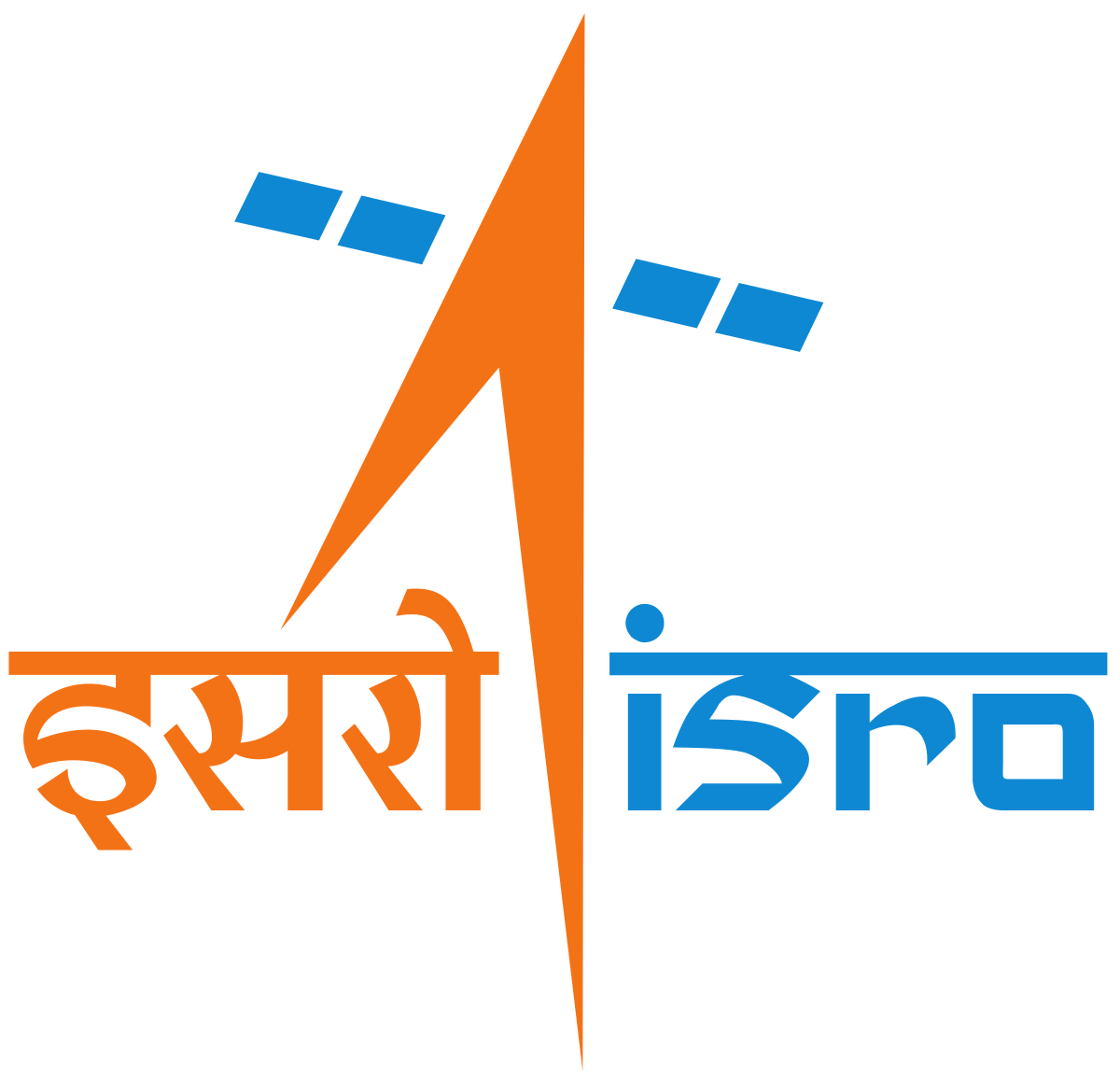ISRO’s space growth narrative might benefit from the private sector.

India’s first privately constructed rocket, Vikram-S, was launched by Indian space company Skyroot Aerospace, making history. Many people in India’s private space industry have been waiting for this day, and it is anticipated that the success of the Skyroot project will pave the way for many more. The mission’s given name, “Prarambh,” translates to “beginning” in Hindi. Many in the space world think that this mission marks a new beginning for interaction between India’s private space industry and the government-run ISRO (Indian Space Research Organization).
ISRO tweeted, “Mission Prarambh is successfully achieved,” congratulating Skyroot Aerospace. Skyroot’s CEO and co-founder, Pawan Kumar Chandana, expressed his joy at the accomplishment in a tweet that said, “Nov. 18th, 11:30 AM, will be inscribed in history as a major milestone in the Indian space sector.”
This was unquestionably a turning point in India’s space history. Likewise praising the launch, India’s Minister of Science and Technology, Dr. Jitendra Singh, said: “It is truly a fresh beginning, a new dawn, and a new prarambh in the path of India’s space program.” India has made a significant advancement in the development of its rockets, and the startup movement in India has reached a turning point. 
Skyroot was only founded in 2018, making it a very new organization. It was the first start-up to sign an MoU with the ISRO to launch rockets in response to the government’s announcements in 2020 to open up the space sector to private businesses. The business has “successfully built and tested India’s first privately manufactured cryogenic, hypergolic-liquid, and solid fuel-based rocket engines utilizing sophisticated composite and 3D-printing technology,” according to Indian media sources. These are not small accomplishments for a start-up.
The Vikram-S rocket, which was launched from the sounding rocket complex of ISRO’s Satish Dhawan Space Centre in Sriharikota, Andhra Pradesh, carried three client payloads. Skyroot said that the rocket had satisfied all flight requirements and had achieved a peak height of 89.5 kilometers. Suborbital testing and validation of all the many technologies employed in this rocket were the goals of this flight. With the mission a success, the business is preparing to launch the Vikram-I rocket the following year.
The Indian space program’s founder, Dr. Vikram Sarabhai, is honored by Skyroot with a series of Vikram satellites. These rockets are being made by the corporation to launch tiny satellites, which have grown in significance in recent years. “More than 20,000 tiny satellites are anticipated to be launched in the following decade,” according to Skyroot, “and the Vikram series is designed to facilitate this through unparalleled mass producibility and affordability.”
The Vikram-I spacecraft is being built to launch 480 kilograms (kg) of cargo into low-inclination orbit; Vikram-II and Vikram-III will launch 595 kg and 815 kg, respectively, into low-inclination orbit.
The rockets will also be capable of multi-orbit insertion and interplanetary missions, according to Skyroot, which also claims that they will provide “customized, dedicated, and ride-sharing options spanning a wide range of small satellite client demands.” Skyroot claims that its rocket can be assembled and launched within 24 hours from any launch location, thus demonstrating its desire to meet the need for launch-on-demand that is growing in popularity in today’s competitive and violent world.
It was interesting that ISRO and its related institutions, such as the Indian National Space Promotion and Authorization Center, participated in the rocket launch of Skyroot (IN-SPACe). To encourage more engagement from the business sector, IN-SPACe was founded. Organizations like IN-SPACe were established to act as a single-window agency to make this engagement possible after important announcements in 2020 regarding the opening up of the space industry to commercial firms. On this mission, ISRO also provided its expertise and testing resources for Skyroot’s technology.
As mentioned by Dr. Pawan Goenka, head of IN-SPACE, several mission readiness assessments for the launch were also carried out by ISRO and IN-SPACE in collaboration with other outside experts. An important development that merits commendation is the facilitator position that ISRO has assumed. It is clear that India’s stance is changing toward allowing private entities to enter the space business.
In light of the increasing and varied demands on the Indian space program, this has also become necessary. The Prarambh mission has shown that with a little help, India’s private space sector is a capable force that can deliver and expand India’s space growth story, even though ISRO and IN-SPACe may need to provide some handholding for the private sector.
Private sector involvement in the space industry has greatly benefited the global economy, and India cannot be an exception. Some of the immediate benefits include making space more accessible and making access much cheaper and more effective. They can also be leaders in promoting the use of space for commercial purposes and drawing in more foreign clients. With the involvement of the private sector, the Indian space industry can anticipate an exciting future.
ISRO has begun the countdown to the PSLV-C54 mission.
The Oceans Earth Observation Satellite and eight other customer satellites will be launched on a PSLV-C54 rocket on Saturday from the Sriharikota spaceport by scientists with the Indian Space Research Organisation (ISRO). According to a source, the 25.30-hour countdown began today at 10.26 a.m. for the 56th flight of the Polar Satellite Launch Vehicle (PSLV) in its extended version (PSLV-XL), with liftoff set for 11.56 a.m. on Saturday from the first launchpad at the Satish Dhawan Space Centre, Sriharikota, 115 km away.
The Oceans is the rocket’s main payload, and it will be separated into orbit 1; the eight other nanosatellites will be placed in various orbits following the needs of the customers. Nine satellites, including the principal payload, would launch on the 321-ton, 44.4-meter-high PSLV-C54 rocket. Additionally, it marks the PSLV-XL version’s 24th flight.
The PSLV-C54 launch vehicle’s two orbit change thrusters (OCTs) would be utilized to engage the rocket during one of the longest missions ever conducted by ISRO scientists. While the passenger payloads are expected to be separated in Orbit 2, the Earth observation satellites are expected to be separated in Orbit 1. About 20 minutes after launch, the Earth observation satellite is anticipated to be deployed once it has ascended to a height of 742 kilometers.
The primary satellite would be split to deploy the first passenger satellite, and the vehicle would then be lowered to a height of 516 kilometres. The final payload separation, according to ISRO, would take place at the height of 528 kilometres. Earth Observation Satellite-6 is the third-generation Oceansat satellite. This will provide enhanced payload specifications and application zones for Oceansat-2 satellite continuity services. The mission’s objective is to keep wind vector and ocean colour data consistent for use in operational applications.
The customer payloads include the NanoMx and APRS-Digipeater payloads of the ISRO Nano Satellite-2 for Bhutan (INS-2B). The Space Applications Centre developed the multispectral optical imaging payload NanoMx, while the Department of Information Technology and Telecom of Bhutan and the U.R. Rao Satellite Centre in Bengaluru collaborated on the APRS-Digipeater payload.
The “Anand” satellite, created by Pixxel, serves as a technology demonstrator for the capabilities and practical uses of a small earth observation camera. It is used to observe using a low-Earth orbiting microsatellite. The Astrocast satellite, which is the payload from Spaceflight in the United States, is a technology demonstrator satellite for the internet of things, while the “Thybolt” (two satellites) is from another space start-up, Dhruva Space.
Edited by Prakriti Arora




